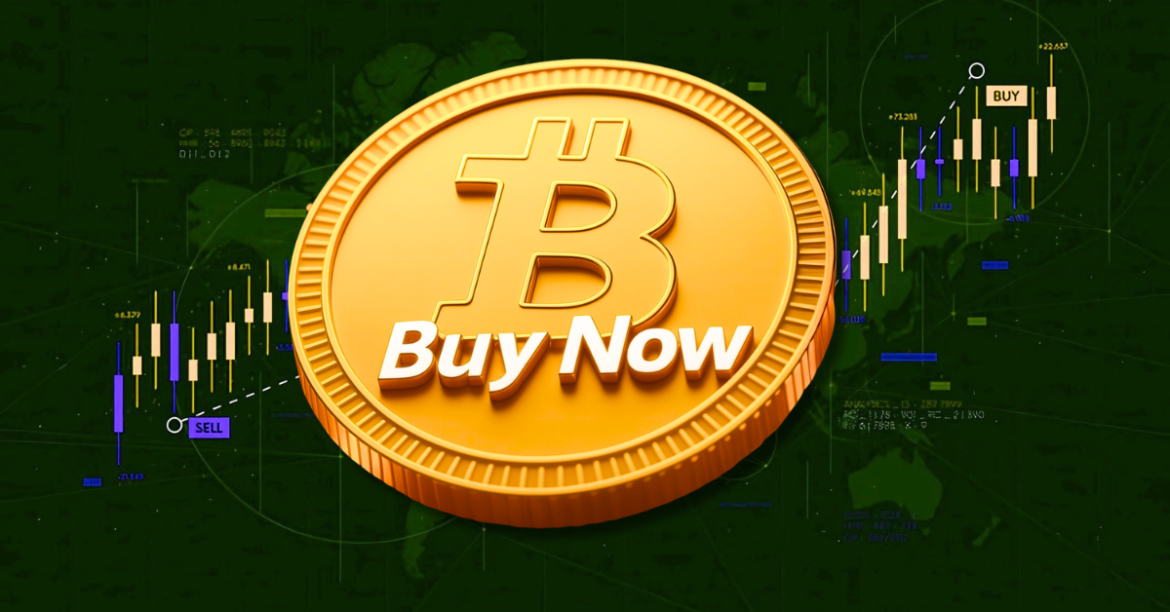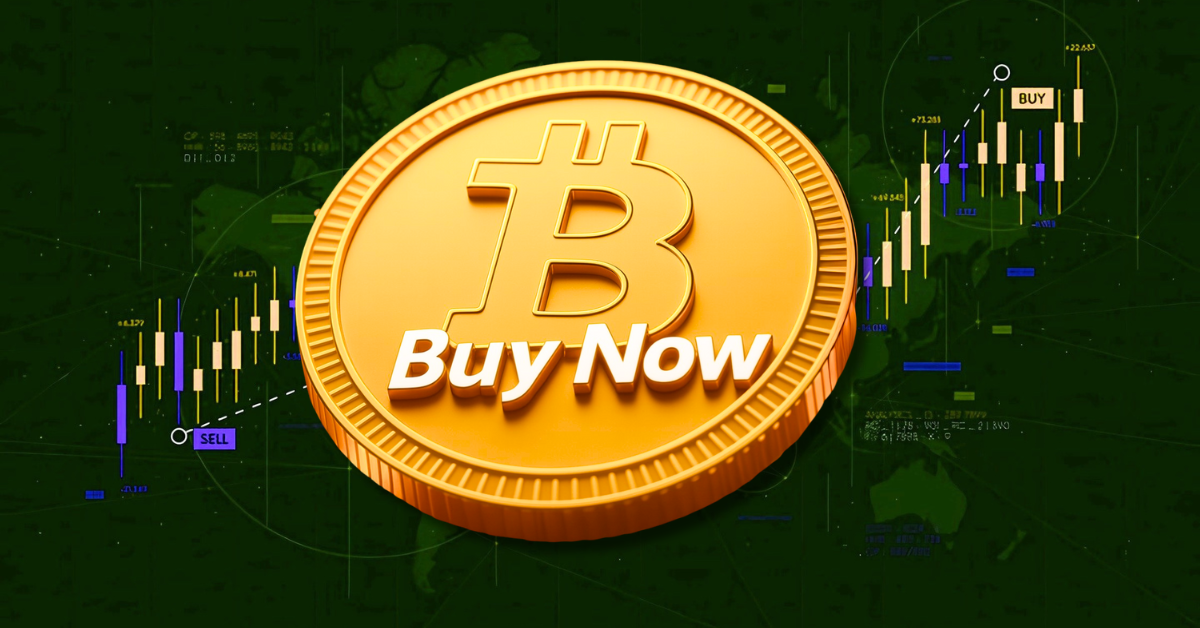The year 2025 has brought with it a fascinating intersection of politics, monetary policy, and cryptocurrency markets. At the center of this dynamic is the ongoing clash between former President Donald Trump and Federal Reserve Chair Jerome Powell, a rivalry that has sent shockwaves through traditional financial markets and the burgeoning world of digital assets. Bitcoin, the world’s most prominent cryptocurrency, has found itself caught in the crossfire, experiencing dramatic price swings that reflect the broader economic and political tensions of the era.
The Trump-Powell dynamic represents more than just a political spat; it embodies a fundamental philosophical divide over the role of central banks in modern economies. Trump, a vocal advocate for aggressive monetary stimulus, has repeatedly pressured Powell to lower interest rates, arguing that such moves would boost economic growth and stock market performance. Powell, however, has maintained a more cautious approach, emphasizing the importance of data-driven decision-making and long-term economic stability. This tension has created an environment of uncertainty that has rippled through financial markets, with Bitcoin serving as a particularly sensitive barometer of investor sentiment.
One of the most striking aspects of this saga is how Bitcoin’s price movements have correlated with developments in the Trump-Powell conflict. When Trump’s attacks on Powell intensify, we often see a weakening of the US dollar, as investors anticipate potential changes in Federal Reserve leadership and monetary policy. This dollar weakness has frequently coincided with surges in Bitcoin’s price, as investors seek alternative stores of value. The Dollar Index (DXY) has at times plummeted to multi-year lows during these periods, with Bitcoin often reaching new all-time highs in response. This inverse relationship underscores Bitcoin’s growing role as a hedge against traditional fiat currencies, particularly in times of political and economic uncertainty.
Beyond its role as a dollar hedge, Bitcoin has also benefited from its perceived status as an inflation hedge. Trump’s calls for lower interest rates have raised concerns about potential inflationary pressures, which has driven investors toward Bitcoin’s fixed supply of 21 million coins. This narrative has been reinforced by Bitcoin’s technological characteristics – its decentralized nature and resistance to government control make it an appealing alternative to traditional financial systems that are increasingly subject to political interference. As the Trump-Powell conflict has highlighted the vulnerabilities of centralized monetary policy, Bitcoin’s decentralized model has gained traction among investors seeking financial independence from government-controlled systems.
The numbers tell a compelling story about Bitcoin’s performance during this period. In April 2025, as Trump’s criticism of Powell reached a fever pitch, Bitcoin was trading around $85,000. By July, amid continued political tensions and speculation about Powell’s future, the price had surged to $107,000. These dramatic price swings demonstrate the direct impact of political developments on Bitcoin’s market value. While Bitcoin has always been known for its volatility, the correlation with political events in 2025 has been particularly pronounced, suggesting that the cryptocurrency is increasingly being viewed as a political asset as much as a financial one.
However, it would be an oversimplification to attribute Bitcoin’s price movements solely to the Trump-Powell dynamic. Several other factors have contributed to its performance during this period. Institutional adoption has played a significant role, with major financial institutions increasingly incorporating Bitcoin into their investment portfolios. Bitcoin ETFs have seen substantial inflows, reflecting growing mainstream acceptance of cryptocurrency as a legitimate asset class. Technological advancements in the Bitcoin ecosystem, such as improvements in scalability through the Lightning Network, have also bolstered investor confidence in the long-term viability of the cryptocurrency.
Global economic conditions have further complicated the picture. Trade tensions between the United States and China, as well as divergent monetary policies between the Federal Reserve and other central banks, have created a complex web of influences on Bitcoin’s price. For instance, when the European Central Bank (ECB) has pursued more hawkish policies than the Fed, it has sometimes strengthened the euro relative to the dollar, which can indirectly affect Bitcoin’s price by altering global capital flows. These broader economic factors interact with the Trump-Powell dynamic to create a multifaceted environment that shapes Bitcoin’s market behavior.
Looking ahead, several scenarios could unfold based on how the Trump-Powell conflict resolves. If Trump succeeds in replacing Powell with a more dovish Fed chair, we might see a period of aggressive rate cuts, leading to a weaker dollar and potentially a significant surge in Bitcoin’s price. However, this scenario also carries risks, as overly accommodative monetary policy could fuel inflation and economic instability, which might ultimately prove detrimental to Bitcoin’s long-term prospects. Conversely, if Powell manages to maintain his independence and weather the political storm, we could see a period of relative stability in financial markets, with Bitcoin’s price potentially stabilizing as well. However, continued political pressure could still create volatility, making it difficult to predict Bitcoin’s trajectory with certainty.
Another intriguing possibility is that the Federal Reserve, regardless of its leadership, could become more crypto-friendly over time. As policymakers gain a better understanding of digital assets and their potential benefits, we might see a more favorable regulatory environment for Bitcoin. This could include clearer guidelines for institutional investment, improved infrastructure for crypto trading, and even potential integration of Bitcoin into central bank digital currency (CBDC) systems. Such developments could significantly boost Bitcoin’s long-term prospects by providing greater legitimacy and stability to the cryptocurrency market.
The Trump-Powell saga serves as a microcosm of the broader shifts occurring in global finance. As traditional monetary systems face increasing scrutiny and political interference, decentralized alternatives like Bitcoin are gaining traction. The cryptocurrency’s ability to serve as a hedge against dollar weakness, inflation, and political uncertainty has made it an attractive option for investors seeking to diversify their portfolios. While Bitcoin’s price may continue to experience volatility in the short term, its long-term potential as a store of value and medium of exchange remains compelling.
Ultimately, the intersection of politics and cryptocurrency is reshaping the financial landscape in profound ways. The Trump-Powell conflict has highlighted the vulnerabilities of centralized monetary systems and the potential benefits of decentralized alternatives. As we move forward, Bitcoin is likely to play an increasingly important role in the global financial system, offering investors a way to protect their wealth from political and economic instability. Whether Bitcoin will ultimately fulfill its promise as “digital gold” remains to be seen, but one thing is clear: it has become an undeniable force in finance, and its journey is far from over. The lessons learned from the Trump-Powell era will likely shape the future of both traditional and digital finance for years to come.





